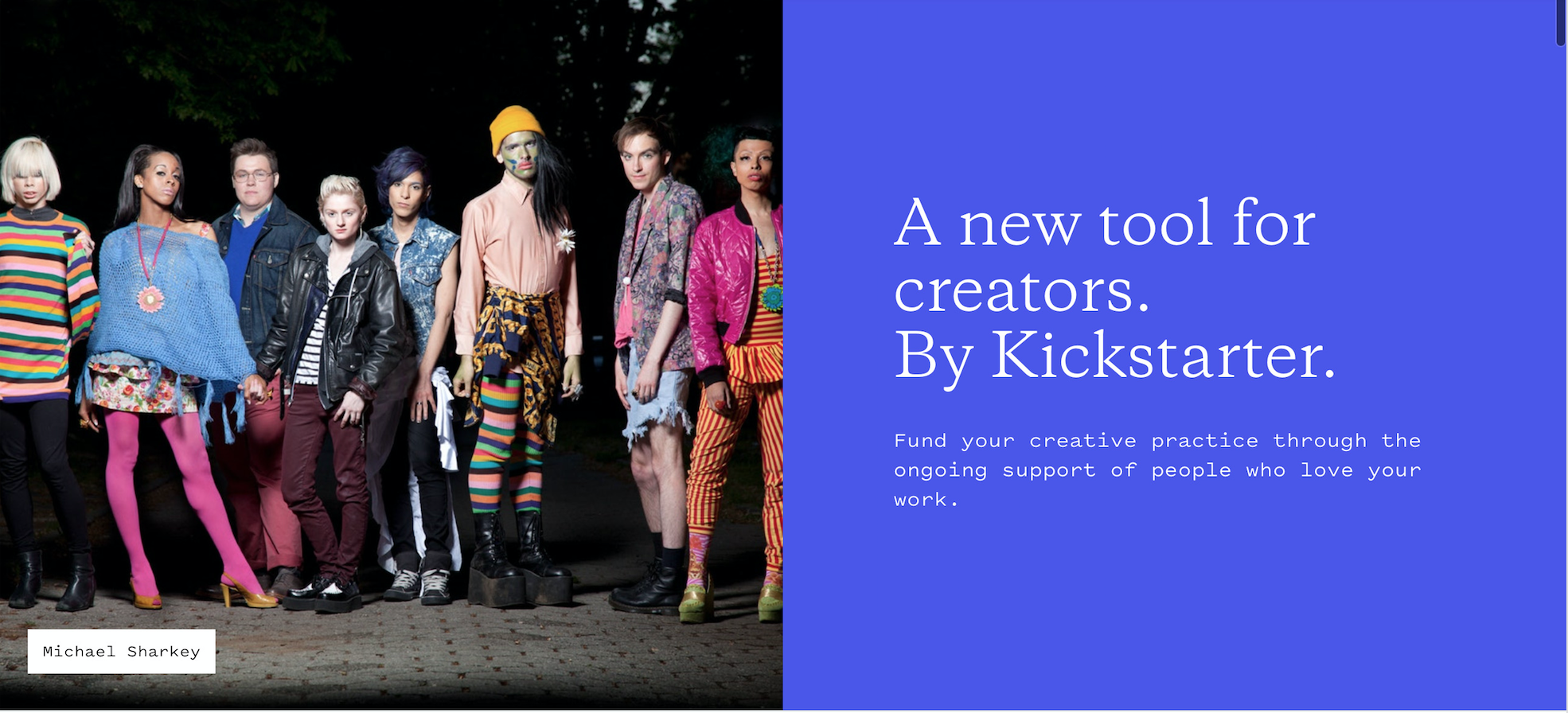
National Observer is no stranger to successful crowdfunding campaigns. The Canadian investigative news outlet launched its first Kickstarter in 2014, raising 53,040 Canadian dollars (USD $41,615) from 741 backers to produce 140 stories on the conflicts associated with Canada’s tar sands. That was followed by a 2015 campaign that raised CA $80,939 from 574 backers to report on climate change solutions (surpassing a goal of CA $50,000) and a successful 2016 campaign that raised CA $70,863 from 784 backers.
The 2015 project was promoted by Kickstarter as one of “five great journalism projects,” said CEO and editor-in-chief Linda Solomon Wood. “It was a major marketing tool. As well as raising funds, we were also getting our brand out and reaching a lot of new people.”
Kickstarter campaigns are built around specific, isolated projects and aren’t meant to sustain creators on an ongoing basis — until now. On Wednesday, Kickstarter launched a new product, Drip, “a tool for people to fund and build community around their ongoing creative practice…through the recurring support of fans, friends, and new audiences.”
Drip is Kickstarter’s answer to Patreon, which launched in 2013 and focuses on ongoing support for people rather than projects, and now counts more than 50,000 active creators and 1 million active “patrons.” But “competition or market share is a backward way of thinking about this,” said Perry Chen, Kickstarter founder and chairman. “I think the more tools for creators, the better. We wanted to make something expansive — introduce a tool that is a step forward and also maybe speaks to a larger group of creators that, to date, haven’t felt that existing tools resonate with them.” (A product called Drip originally launched in 2011 as a way for fans to support musicians with subscriptions; in 2016, Drip faced shutdown, until Kickstarter took it over.)
National Observer is one of 61 creators (and the only news outlet) participating in Drip at launch (or, as Kickstarter puts it, “launching a Drip”). It’s offering a $5 founding membership that gives certain benefits (events, early article access) to users who join in the first 30 days. (“Founding memberships” are a feature and differentiator of every Drip: “We know from Kickstarter that this time-based call to action is really helpful for creators,” Chen said.) Drip isn’t just a payment platform but also a publication platform: “There are going to be articles, video, and content on Drip that won’t go onto the National Observer website,” Wood said. National Observer’s website also has a metered paywall, offering subscriptions at CA $12.99 per month or $139 for a year — but its pricing through Drip is more modest: “We’re trying to reach more people by making the bar to entry lower,” Wood said.
The other journalistic creators launching on Drip today: Anita Sarkeesian, the founder of Feminist Frequency, who is launching a related podcast; Debbie Millman, host of the Design Matters podcast; Uli Beutter Cohen, creator of Subway Book Review; MOLD Magazine, “the first print magazine about the future of food” (launched earlier this year through Kickstarter); and journalist Darian Symoné Harvin, creator of the podcast Am I Allowed to Like Anything?. They join creators in other mediums, like choreographer Stephen Petronio and artist Shantell Martin. Drip categories are the same as those found on Kickstarter, except with the addition of two new categories: Podcasts & Radio, and Illustrations.
Drip is invite-only for now, and will open up more broadly next year. It charges a 5 percent fee on subscription payments, plus an additional credit card processing charge. Chen sees Drip and Kickstarter as “separate but complementary products,” and believes there will be crossover between them: Creators may use the products at different times in their careers, for instance. And existing Kickstarter users can support Drip creators from their accounts.
National Observer’s Wood regards her sites’ participation in Drip as an experiment, but says Kickstarter has already proven her hypothesis that people will pay for journalism. She estimates that around a third of National Observer’s current paying subscribers were originally introduced to the brand via Kickstarter. “We’ve been building for years through them,” she said.